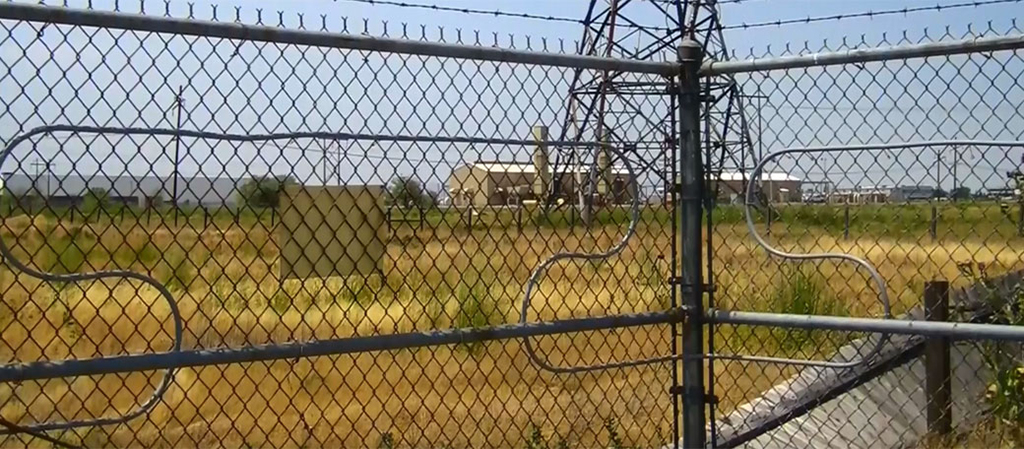Improve Your Safety With Advanced Fiber Optic Safety Solutions
In an age where safety is extremely important, sophisticated fiber optic safety systems offer a compelling option for improving safety and security across various atmospheres. What implications do these improvements hold for future protection steps?
Benefits of Fiber Optic Safety And Security
Harnessing the advantages of fiber optic innovation significantly improves safety systems throughout various applications. One of the primary benefits is the boosted bandwidth capacity, enabling the transmission of huge quantities of data at broadband. This is particularly essential for real-time video security, where high-resolution feeds can be sent out without latency, making certain prompt reaction capacities.
In addition, optical fiber display remarkable resistance to electro-magnetic interference, which is crucial in environments with potential signal disturbances. This dependability makes certain regular efficiency in critical protection procedures. In addition, fiber optic cords are less vulnerable to tapping and unauthorized gain access to contrasted to typical copper circuitry, thereby enhancing data honesty and discretion.
One more significant advantage is the sturdiness of fiber optic systems; they are extra immune to ecological elements such as moisture, temperature level fluctuations, and destructive materials. This resilience equates to lower upkeep costs and longer life-spans for security installations.
Last but not least, the lightweight nature of fiber optic wires promotes easier installment and transmitting, specifically in intricate facilities (fiber optic security system). Inevitably, the integration of fiber optic innovation into protection systems not just bolsters defense measures yet also optimizes operational effectiveness
Trick Functions to Consider
When assessing fiber optic security systems, several crucial features need to be taken into consideration to guarantee optimum performance and performance. Initially, analyze the system's detection variety and level of sensitivity; a substantial variety enables keeping an eye on large areas, while high sensitivity makes sure that also small disruptions are detected immediately.
Next, consider the assimilation abilities of the system. A fiber optic protection system need to seamlessly interface with existing security measures such as cams and alarms, creating a cohesive safety network.
Toughness and environmental resistance are also crucial functions. Ensure that the system is created to withstand severe climate condition and prospective physical hazards, as this will certainly extend its functional life expectancy.

Last but not least, explore the scalability of the system. A durable fiber optic protection system must be conveniently expanding to fit future requirements without significant overhauls. By carefully considering these features, you can pick a fiber optic safety solution that enhances safety and security and safety and security in your setting.
Setup Refine Overview
To successfully apply a fiber optic protection system, an organized installation process is vital. This process starts with a thorough site assessment to determine the specific safety and security needs and to determine optimal areas for fiber optic cable televisions and protection tools. Following this analysis, the installment group will develop a thorough strategy, including cable television paths, required devices, and conformity with local regulations.
Following, the installation includes laying the fiber optic wires, guaranteeing they are secured from ecological aspects and physical damage. Correct handling techniques are crucial, as fiber optic cords are sensitive my website and can be conveniently damaged. After the cabling is installed, adapters and discontinuations are thoroughly completed to ensure signal stability.
The succeeding phase contains setting up security gadgets such as cams, activity detectors, important site and security system, all incorporated with the fiber optic network. Strenuous screening is conducted to verify that all parts are functioning properly and to make sure optimal performance.

Comparing Fiber Optic to Typical Equipments
The evolution of safety and security innovation has actually caused substantial developments in the contrast in between fiber optic systems and standard copper-based systems. Fiber optic systems utilize light to transmit data, offering exceptional data transfer and rate contrasted to their copper counterparts. This results in boosted data transmission capabilities, making fiber optics optimal for high-resolution video clip monitoring and real-time tracking.
Furthermore, fiber optic cable televisions are resistant to electro-magnetic interference, lowering the chance of signal deterioration brought on by external factors. This particular makes certain constant efficiency, even in difficult atmospheres. On the other hand, typical copper systems are a lot more susceptible to disturbance, bring about potential vulnerabilities in safety applications.
Toughness is an additional benefit of fiber optic systems. They are much less vulnerable to damage from environmental variables such as moisture and temperature variations, which can compromise copper wiring. Furthermore, optical fiber are lighter and thinner, enabling easier installment and minimized physical impact.
Nevertheless, standard systems tend to have reduced preliminary prices, making them eye-catching for budget-conscious tasks. While fiber optic systems might call for a higher in advance investment, their long-term advantages-- such as lower maintenance expenses and higher reliability-- typically outweigh the initial expense, placing them as a remarkable option for contemporary safety and security requirements.
Future Trends in Protection Modern Technology
Emerging patterns in security technology are positioned to transform the landscape of surveillance and danger detection - fiber optic security system. As companies significantly face sophisticated threats, developments such as man-made intelligence (AI) and artificial intelligence (ML) are published here coming to be integral to safety systems. These innovations boost the capability of fiber optic systems by making it possible for real-time data evaluation, identifying abnormalities, and automating responses to possible breaches
Additionally, the combination of the Internet of Things (IoT) is reinventing protection frameworks. IoT devices can give detailed situational awareness and assist in smooth communication between various security components. This interconnectedness permits much more efficient surveillance and faster occurrence response times.
Biometric verification is additionally gaining momentum, offering a greater level of safety and security with distinct physical characteristics. As this technology progresses, it is likely to be integrated into fiber optic systems for boosted access control.
Verdict
In verdict, progressed fiber optic security systems stand for a significant advancement in safety and security innovation. The change from conventional systems to fiber optic services mirrors a growing pattern towards much more reliable and effective safety actions in a progressively intricate technical landscape.